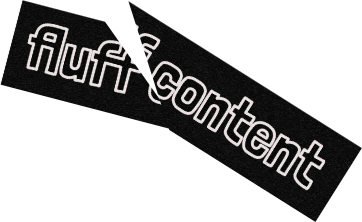
1. Strategize
Create a content marketing strategy that solves customer problems at every touchpoint.

2. Publish
Strategically distribute content across key channels where your audience not only spends time, but also makes purchasing decisions.

3. Analyze
Your full-funnel content marketing dashboard will illuminate how your content contributes to brand awareness and revenue goals, and everything in between.

4. Optimize
Always-on A/B testing and data analysis allow you to focus on what's working and pivot from what isn't.

5. Scale
Leverage proven content strategies to expand your reach across new channels and audiences, multiplying successful formats and messages to capture untapped opportunities.

6. Repeat
Dogeared Digital's content is not a linear process. It's a dynamic framework that we will update and improve as we learn.








































.png)
